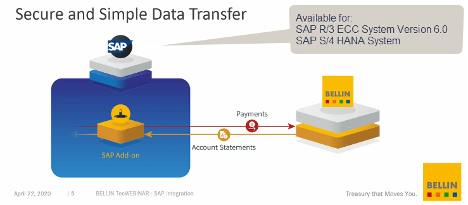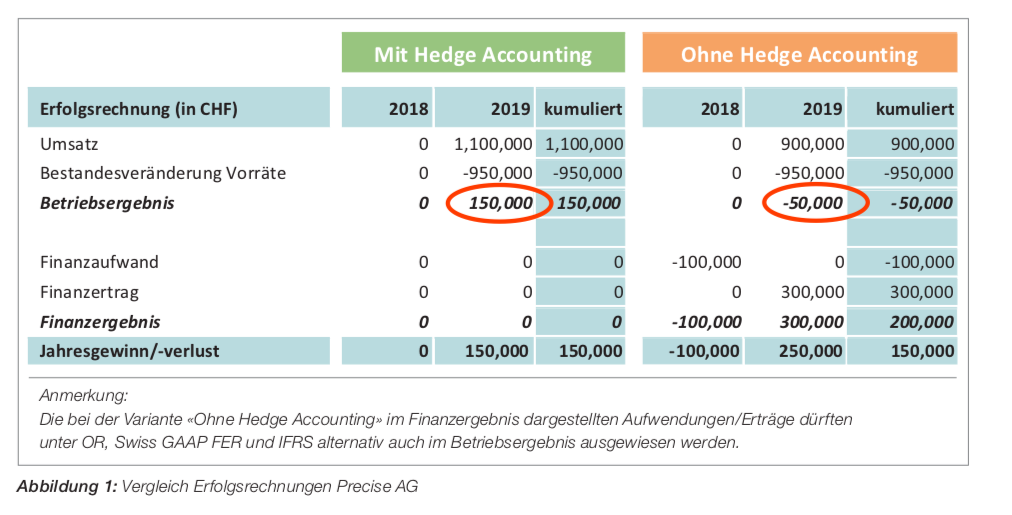SAP Bellin API Link / Schnittstelle
Many of Tomato’s clients use the BELLIN tm5 TMS. The company recently released an SAP integration based on API technology.
API data transfer seamlessly connects the SAP ERP system landscape with tm5, maximizing security, transparency and process control since no files are shared. The data transfer works in both directions: collate account statements and process payments. The SAP integration enables the client’s SAP system to retrieve account statement directly and at any time. For payments, the files generated in the SAP system are transferred to tm5 where they’re processed.
In this webinar with Karsten Kiefer, BELLIN SAP Integration Product Manager, shows the new SAP integration directly in the system and highlights the various benefits (52 mins).
English https://www.bellin.com/webinars/bellin-techwebinar/ (Link broken)
Martin’s comment: Until now creating and defining the upload/download of files was sometimes time-consuming. For the future I invite tm5 clients to discover the time-saving benefits of this new SAP integration.
Bevorzugen Sie Deutsch?
Viele unserer Kunden nutzen tm5, das TMS von BELLIN. Jetzt hat BELLIN eine SAP Integration für tm5 entwickelt, die Daten auf Basis der API-Technologie transferiert.
Die BELLIN SAP Integration verknüpft die SAP-ERP-Landschaft eines Unternehmens nahtlos mit dem System von BELLIN. Da kein File-Sharing erfolgt, sorgt diese Technologie für maximale Sicherheit, Transparenz und Prozesskontrolle.
Die Datenverarbeitung funktioniert in beide Richtungen: beim Verarbeiten der Kontoauszüge wie bei der Abwicklung des Zahlungsverkehrs. Durch die SAP-Integration kann das SAP-System des Kunden den Kontoauszug direkt und jederzeit abrufen. Für Zahlungen werden die im SAP-System generierten Dateien an tm5 übertragen, wo sie verarbeitet werden.
Karsten Kiefer, Product Manager der BELLIN SAP Integration, zeigt in dem BELLIN TechWEBINAR, wie die neue SAP Integration live im System funktioniert und erläutert die Vorteile (52 Min.).
Deutsch: https://www.bellin.com/de/webinare/bellin-techwebinar/ (link ausser Betrieb)
Kommentar von Martin Schneider: Bisher war das Erstellen und Definieren des streng geschützten Filefolders manchmal zeitaufwändig. Schauen Sie sich diese zeitsparende SAP-Integration an.
Screen from the Webinar at 5:25 min



